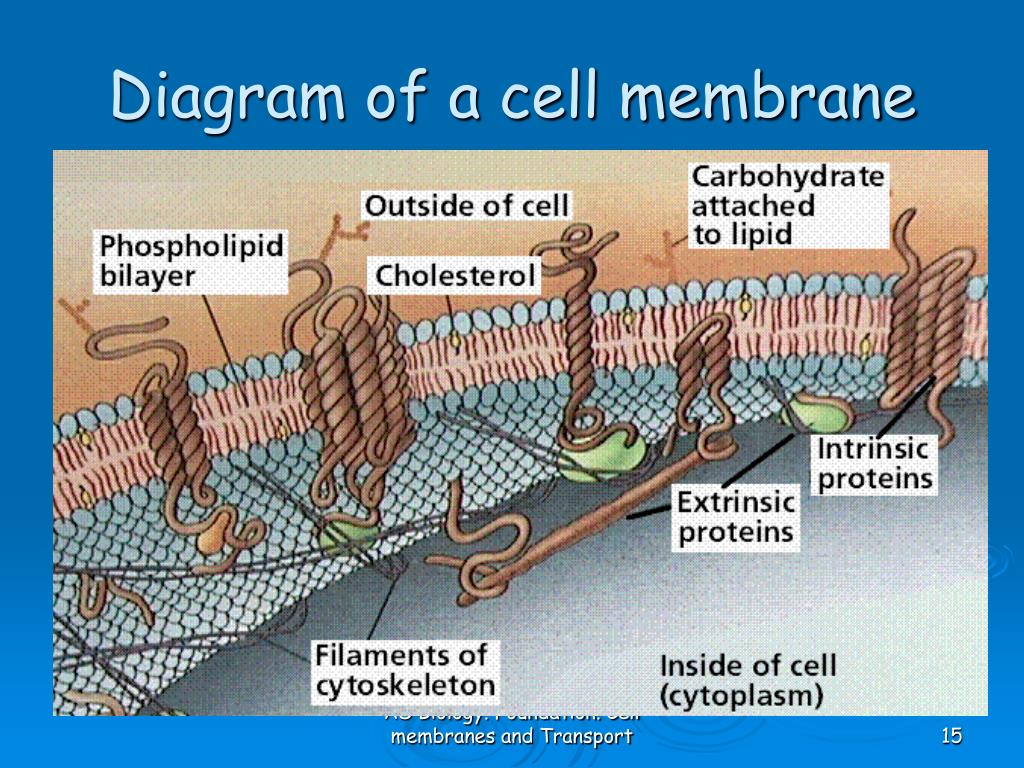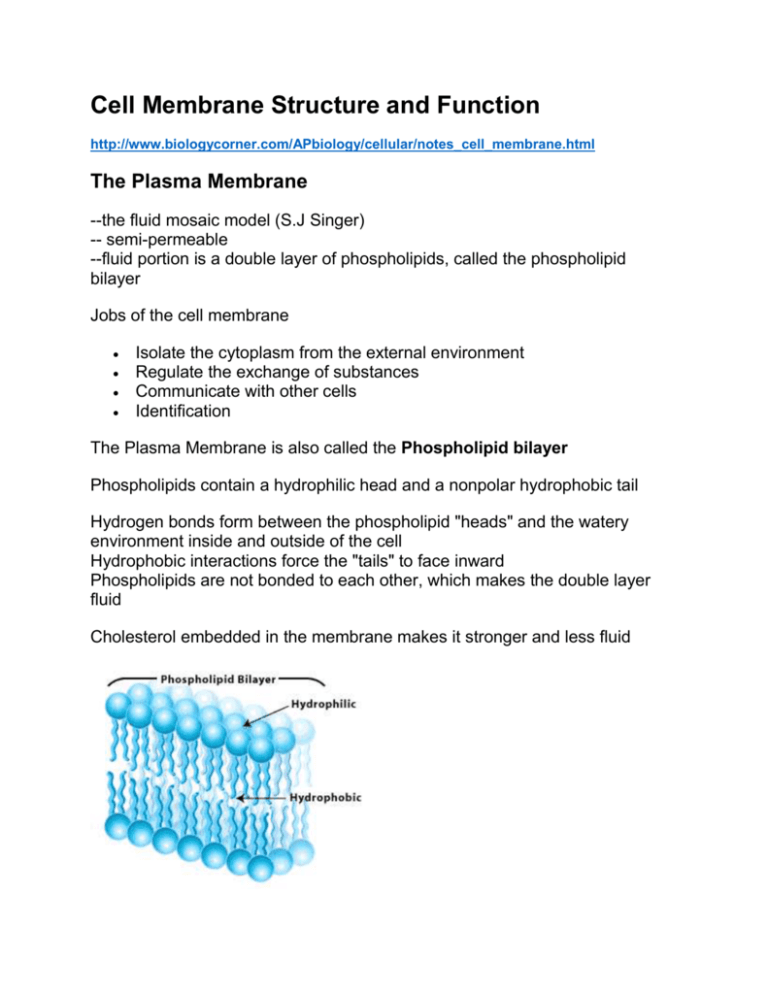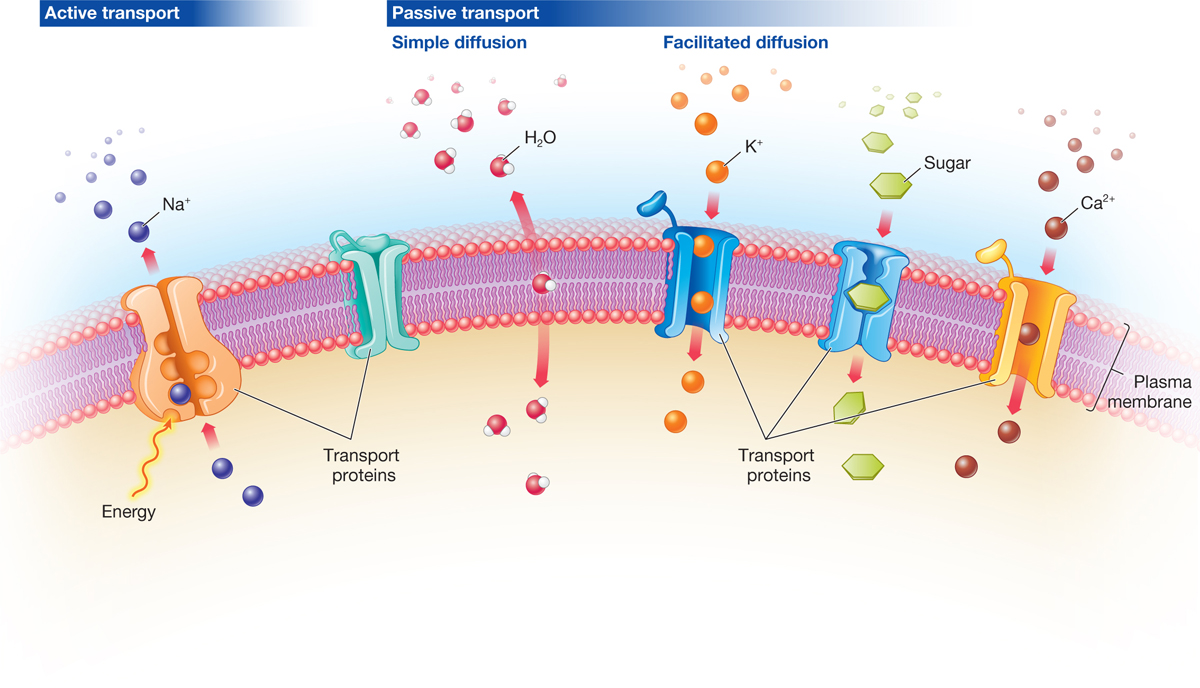

As a cell grows, its volume increases much.What is the problem with cells getting too Limited by the relationship of the cells outerħ.What factor limits the size that most cells Cell shape evolved to allow the cell to perform.Can be simple or complex depending on its.Diversity of shape reflects diversity of.Relationship between a cells shape and its 8 Characteristics that all living things shareĥ. Cells are the basic units of structure andĤ.All living things are composed of cells.Rudolph Virchow (1855) - stated all cells come.Theodor Schwann (1839) discovered all animals.Matthias Schleiden (1838) stated all plants are.Near the center of the cell (we now know this is Robert Brown (1833) observed a dark structure.Looked at slices of cork and dead plant cells Robert Hooke coined the term cell when he.Anton van Leeuwenhoek (1600s) given credit forĭeveloping the 1st mini microscope, looked at.Early scientists that led to the cell theory A cell is the smallest unit that can carry onĢ.MMP-12 association with diverse cell membranes may target its activities to modulate innate immune responses and inflammation.ĭepartment of Biochemistry, University of Missouri, 117 Schweitzer Hall, Columbia, Missouri 65211, USA. While binding of TIMP-2 to MMP-12 hinders membrane interactions beside the active site, TIMP-2-inhibited MMP-12 binds vesicles and cells, suggesting compensatory rotation of its membrane approaches. MMP-12 binds plasma membranes and is internalized to hydrophobic perinuclear features, the nuclear membrane and inside the nucleus within minutes. Both interfaces mediate MMP-12 association with vesicles and cell membranes. The distal membrane interface comprises loops on the other side of the catalytic cleft. Loops project from the β-sheet interface to contact the phospholipid bilayer with basic and hydrophobic residues. Opposing sides of the catalytic domain engage spin-labelled membrane mimics. Here we demonstrate the binding of MMP-12 directly to bilayers and cellular membranes using paramagnetic NMR and fluorescence. Some soluble MMPs are inexplicably active near cell surfaces. Matrix metalloproteinases (MMPs) regulate tissue remodelling, inflammation and disease progression.

Diversity, Equity, Inclusion, and Access.



 0 kommentar(er)
0 kommentar(er)
